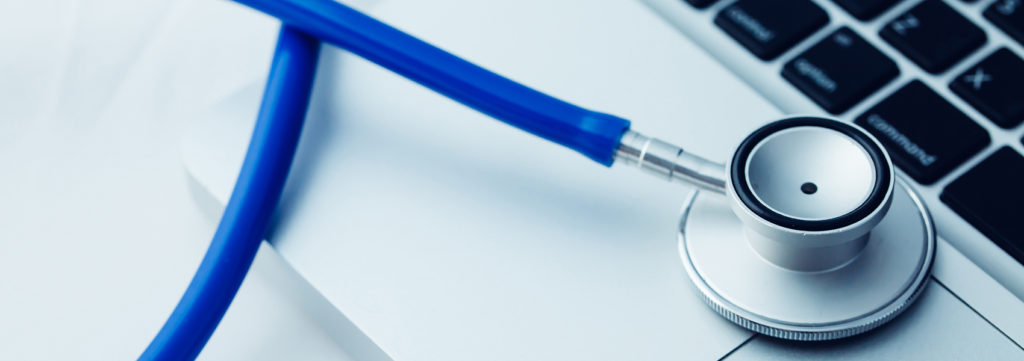Why you should have a monitoring program set up for your website.
After your WordPress website goes live, you may think the website work is finished. Not so. Cybersecurity challenges are ongoing. Your website maintenance should be ongoing as well. WordPress is the most popular content management platform in use today and is constantly evolving. With its popularity comes security risks. This means that the core version […]
Why you should have a monitoring program set up for your website. Read More »

